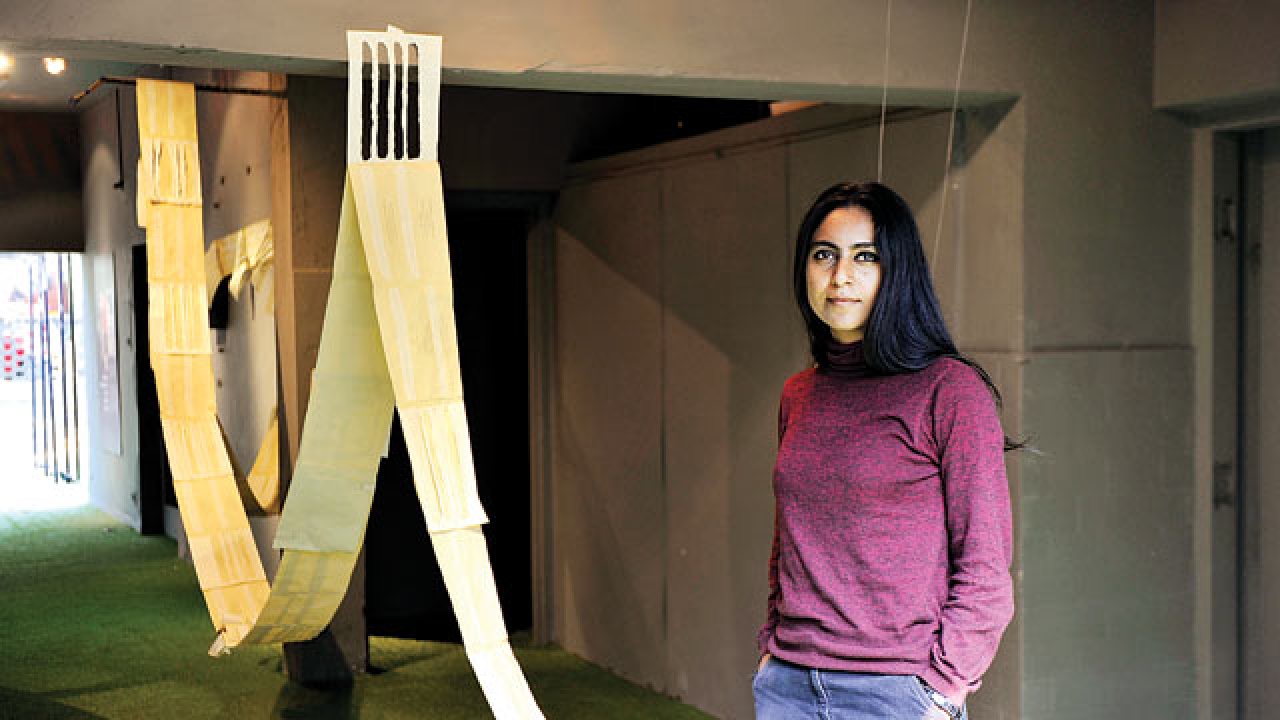

Shaurya Thapa spoke to Pallavi Paul, the artist behind the share your quiet project
“On 23 March, we launched Surviving SQ (self-quarantine) as an open call inviting artists to share with us strategies on how to get through this phase,” says Leandre D’Souza, curator and program director at Sunaparanta Goa Centre for arts, a non-profit art collective. By then, all offices and shops were shutting down and people had increasingly started working from home. Art galleries and exhibitions were at a halt even before that. Leandre D’Souza and the program’s patron Isheta Salgaocar were brainstorming for ideas on how to stay connected with their audience.
Being patrons of art, they knew that this period of isolation is ideal for art to blossom. “Within the confines of the studio, ideas are born, processes develop, experiments happen.” D’Souza adds on Surviving SQ, which became a series on Sunparanta’s social media to feature artists in isolation. They started receiving art in all forms, from landscape paintings to poetry.
Under this series, Delhi-based video artist Pallavi Paul developed her own full-fledged project which attempts to measure the sounds of self-quarantining. A PhD student at JNU, Paul has delved into research-based short films and documentaries that have received global acclaim at venues like London’s Tate Gallery. Now stuck at home, she decided to play with sound. In Share Your Quiet, the artist asked people to send her sounds of 10 seconds each, about anything and everything that they encounter in this isolation. As D’Souza put it, Paul is questioning whether silence could be measured. The curated recordings are to be streamed every Monday as ‘a symphony of silence’.

Pallavi Paul
As of now, more than 90 people have participated in this project, with entries being from as far as Norway, Japan, and Serbia. Even though most of these entries are from cities, the usual honking of horns on the road is obviously absent. The urban bustle has been replaced with the chirping of birds, blowing of wind, and in some audios, an eerie white noise which is probably how silence would actually sound.
Out of these, Paul pointed out how a hospital beep and a child’s poem stood out the most for her. “The hospital sound was a quiet that seemed perched somewhere between relief and aggravation. The beep for me was also a pulse, a hope.” She explained. “The child’s poem was nice because it reminds us that even in this time when we can’t see beyond the next few days or hours, the future is quietly stirring in the minds of our children.”
Apart from working on Share Your Quiet, Paul has been dealing with this quarantine period with a sense of rebirth. “Like the world around us is becoming unfamiliar, unrecognisable to us- we must also push to recast ourselves. In my time at home I am preparing to meet the world anew.”
According to D’Souza, the present menace has altered everything but it is also a reminder of how we are all interconnected and how fragile and precious life is. While artists are not going to earn much during the lockdown, they are still documenting everyday stories in a phase that would definitely go down in world history. Paul gives a reality check on this, “With current market projections, the already minuscule ecology of funds and grants may suffer greatly. Maybe in India more and more artists like myself will have to take up side jobs to support our practices.”
However, there’s still the sound of optimism ringing in her ears. “It will be impossible for a phenomenon of this scale to not alter the debates within the arts. Arts and artists will be as affected as anyone else. I hope that the precarity we find ourselves in becomes grounds for new thought rather than just pathos, lament or nostalgia.”